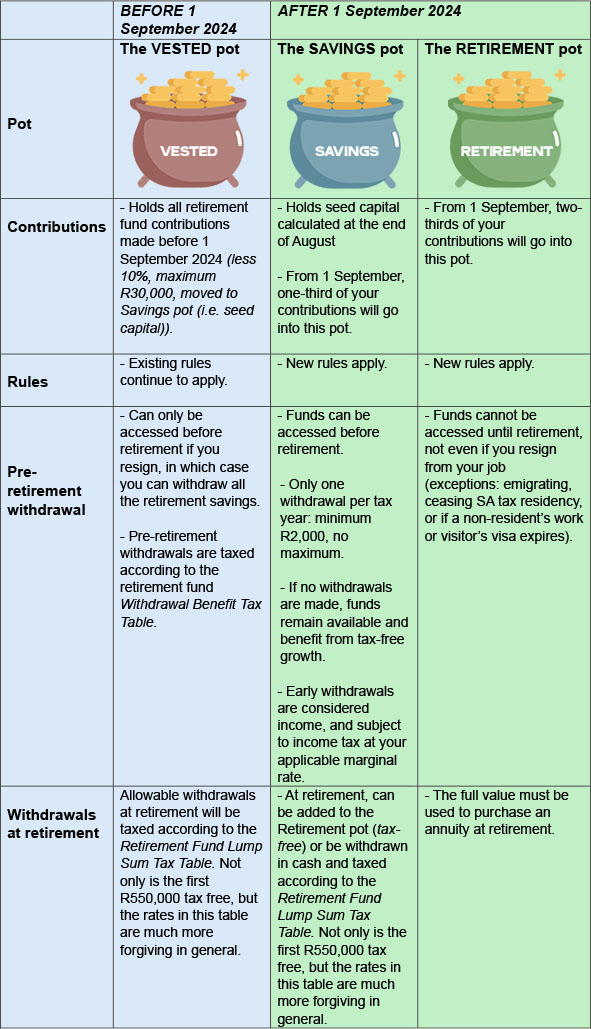
“The aim of a tax audit is to determine if the taxpayer has complied with the relevant legislation administered by SARS.” (SARS)
During a tax audit, SARS examines financial statements, accounting records and supporting documents to check if you or your business correctly declared your tax position on a tax return. If you didn’t submit a return, an audit will investigate if your actions complied with tax law.
Either way, being selected for an audit – whether for income tax, VAT, employees’ tax or capital gains tax – poses significant risk.
What are the risks of an audit?
A substantial amount of time, cost and effort can be required to collate the information, documents and clarifications needed to complete an audit … Especially if the audit spans several years.
If you don’t submit the requested audit information, SARS will raise a revised assessment, determining the amount of your tax liability or refund, based on an estimate from information readily available or obtained from a third party, even if this information is incomplete.
What’s more, an audit can lead to the levying of understatement penalties of up to 200% of the shortfall where an understatement occurred. The 200% penalty is levied in instances where the taxpayer is either a repeat offender or is being obstructive and is also guilty of intentionally evading taxes.
Worst case scenario
An audit can even result in criminal proceedings. It’s a criminal offence to refuse or neglect to supply relevant material requested by SARS without just cause. And remember: SARS is no longer required to prove that a taxpayer wilfully committed a tax crime – taxpayers can now be found guilty of a tax crime if a mistake was made, or in cases of negligence.
The risk is intensifying
SARS audits are increasingly common. Any taxpayer can be selected for audit, based on any consideration, including on a random or cyclical basis, or on a risk assessment basis. Even tax-compliant companies and individuals that get clean audits every year are regularly audited.
Taxpayers are flagged for audit through SARS’ sophisticated case selection methodology. The taxpayers most likely to be audited include those who earn additional income and those whose tax returns do not align with information from other sources, for example, where there is a mismatch between the annual turnover and the VAT declarations for the year.
The audit process
- A Notification of Audit letter provides the initial scope of the audit, documents required, and details of the SARS auditor.
- SARS can request additional material at any time, and they can obtain information from third parties.
- SARS prefers to receive audit documents electronically via eFiling or for them to be submitted at a SARS branch, but collection or delivery of documents can be arranged.
- An audit can take between 30 business days and 12 months to complete – or even longer in some cases. The time taken to complete an audit depends on the complexity of the specific case.
- SARS will provide progress reports on the audit every 90 days.
- If SARS agrees with your tax position, it will issue a Finalisation of Audit Letter to conclude the audit.
- Alternatively, SARS will issue an Audit Findings Letter which details the grounds of the assessment, amounts due, and payment deadlines.
- If you disagree with SARS’s findings, you have 21 days to respond. You must provide evidence to support your dispute.
- Refunds will only be paid once the audit concludes.
Breezing through the audit process
Luckily most audits we deal with end happily. Here are a few pointers to ensure yours does too.
- Keep correct and accurate records: Speak to our team today to ensure you’re up to date with all legislative requirements.
- Act immediately: If you receive a Notification of Audit letter, contact us immediately. We can provide advice and manage the ongoing communications with SARS on your behalf, while collaborating with the auditor to avoid penalties.
- Rely on expertise: Our team will guide you through the audit process – from clarifying what documents are required, to submitting these documents in the required format, and managing the next steps in the process, we’ll do what it takes to ensure a successful audit.
- Protect your rights: SARS is legally required to follow the audit process by the book. We will ensure you receive fair tax treatment and audit outcomes.
SARS audits are here to stay. But they’re nothing to worry about if you have all your ducks in a row.











